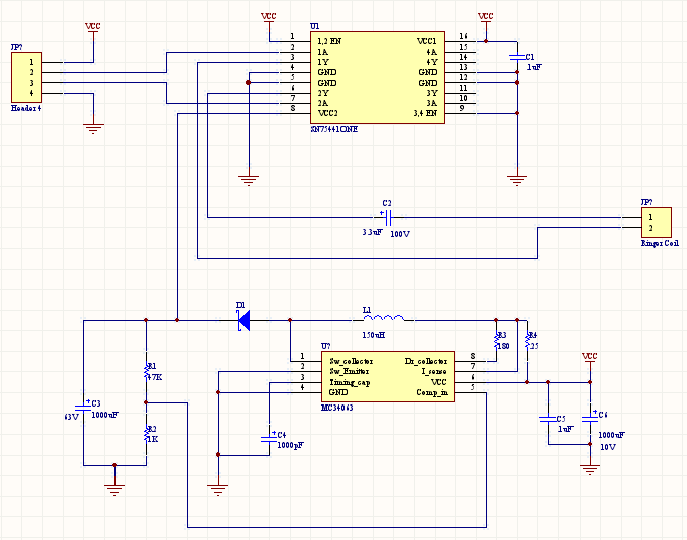I think the problem is that they are only rated for a voltage of 36V and I am effectively feeding 57V in, it's low current so maybe it's OK, but for one reason or another I shorted or forgot to put a capacitor in to prevent feedback and whilst it worked briefly. I had to find a better solution.
There is another H-Bridge (NJM2670) that handles up to 60V, which would be ideal, but I can only find them at RS and they're £7 each and you've got to buy at least 2. This seems a bit of a con as they are available from US suppliers for $3!!
Anyway I decided to build my own H-Bridge from some NPN and PNP transistors.
This has the advantage that I can use more robust components - the NPN - 2N5682 can handle 120V and the PNP 2N6042 can handle 100V - should be good enough.
I downloaded LTSpice circuit emulation software and designed the circuit based on a classic design. I simulated it but never really got the output I expected, not sure if the transistors were slightly wrong or the other values were wrong or whether I was using the software incorrectly.
I built it anyway along with the 4 massive Schottky diodes - which has legs too thick to push into my breadboard (I soldered thinner wire to them - LOL).
Along with the square wave generator I programmed onto my PIC, the whole setup works. Although one of the NPN transistors gets very hot - I'm not sure why this is - maybe the tuning capacitor is causing this somehow.
Work so far
All I've got to do now is solder this up making it small enough to fit inside the casing.












